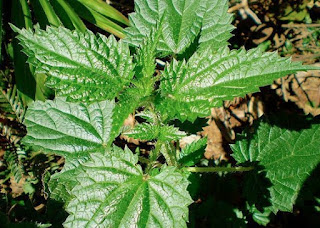Stinging Nettle - Australian Bush Remedies
Urtica Diocia
Stinging nettle is a perennial flowering plant that has been used medicinally for ages, dating back as far as Ancient Greece. Though best known for the stinging reaction when the skin comes into contact with the fine hairs on its leaves and stems, when processed and used medicinally, stinging nettle has helpful health benefits, according to the Department of Dermatology at the Penn State University College of Medicine in the USA.
Clinically proven medical uses for nettle include:
Osteoarthritis and Joint Pain
Hay Fever
Benign Prostatic Hyperplasia
Urinary Issues
Bleeding
Eczema
Australian Aborigines used this prickly plant to 'beat away' paralysis and rheumatism by smacking the ill with its leaves. The tiny hairs that cover the leaf cause an extreme stinging sensation at first touch. Using tiny hollow tubes, similar to glass, the stinging nettle allows air to pass through the epidermis and enter special receptors in the skin and overstimulate them, causing extreme pain.
Nettle Tea
Stinging nettle leaves and flowers can be dried, and the dried leaves can be steeped and made into a tea. There are many variations of nettle tea recipes that feature a number of other herbs like raspberry leaf, echinacea or goldenseal.
Cooked Nettle
Stinging nettle leaves can be stemmed and cooked similar to spinach. Once cooked, they can be added to soup or stew. Nettle has also been pureed and used in recipes like polenta, green smoothies, salads and pesto.
When cooked, the nettle has a flavor similar to spinach mixed with cucumber. Cooked nettle is a great source of vitamins A, C, protein and iron.



Comments
Post a Comment